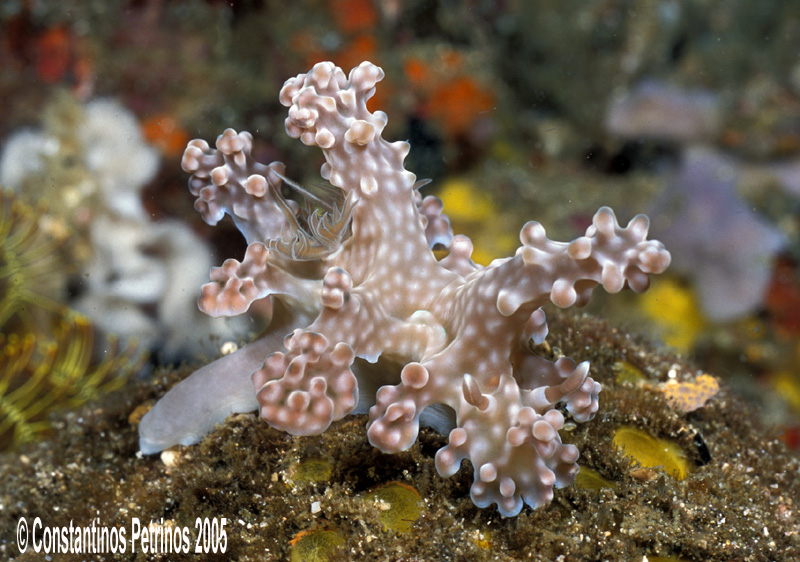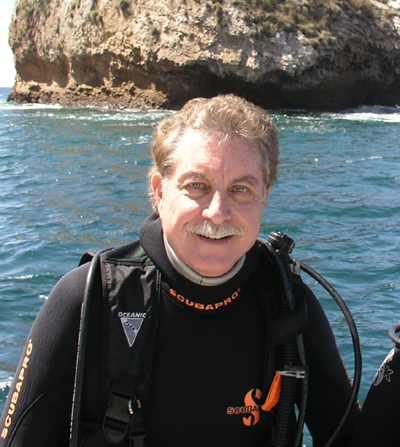 |
Certasoma alleni
This week we are straying a little from Mike’s normal format to introduce a NEW BOOK . The very reason you log onto Mike’s site week after week is your interest in sea slugs, and the motivation that drove me to compile this book.
Everyone of us has had questions from time to time about aspects of opisthobranch biology and life styles. All the contributors to Mike’s Branch of the Week columns have strived to share their knowledge about the life history and anatomy of sea slugs with you.
Teaming with photographers Constantinos Petrinos and Carine Schrurs, and taking advantage of the generous offers from dozens of photographers, Paul Humann and Marc Chamberlain, in particular, I was able to amass and amazing collection of photos of opisthobranch biology and behavior. Paul, Ned and Eric at New World Publications, did the rest, producing a gorgeous book.
The book opens with a discussion of the different classes of mollusks, then the orders of opisthobranchs, and finally the suborders falling under Nudibranchia. The next chapter covers senses and respiration – including sight, smell, hearing, taste and touch . Other interesting anatomical structures, like the Caruncles are also covered.
In the chapter on locomotion and other movements I cover the ability of slugs to crawl on nearly everything, sometimes seeming to crawling in hydrospace . tailing , swimming , floating/drifting, burrowing. Also covered are some of the interesting body movements such as mantle flapping , gill vibration and mantle flexions.
In the feeding chapter I attempt to walk you through the many diverse food groups preyed up by sea slugs, from bacteria and algae through, barnacles, tunicates, corals, sea pens, jelly fish to fish eggs and on and on. Mouth parts and chewing are covered with a series of scanning electron micrographs. In this chapter too, I go into detail about the symbiotic relationship some species have with chloroplasts and zooxanthellae. In this chapter you will learn about sea slugs that prey on other sea slugs and even cannibalism.
I think I’ll stop here and just say the book also includes chapters on reproduction, defenses, such as acid secretion and nematocysts, swimming defense, warning defense behavior, luminescence, autotomy. Of course no book on this topic would be complete without a discussion of color, camouflage and mimicry, and many interesting relationships with other animals such as fish species , shrimp , crabs and parasites.
In closing you will learn about the importance of sea slugs to mankind, aside from the enjoyment you and I get from looking at them. Use as food by humans, medical research, the aquarium trade and how some slugs have been proposed for use in the biological control of Caulerpa in the Mediterranean are all discussed.
Gig Harbor, Washington
September, 2005
March 2005

Dave Behrens
Author:
Pacific Coast Nudibranchs
Send Dave mail at dave@seachallengers.com
|
